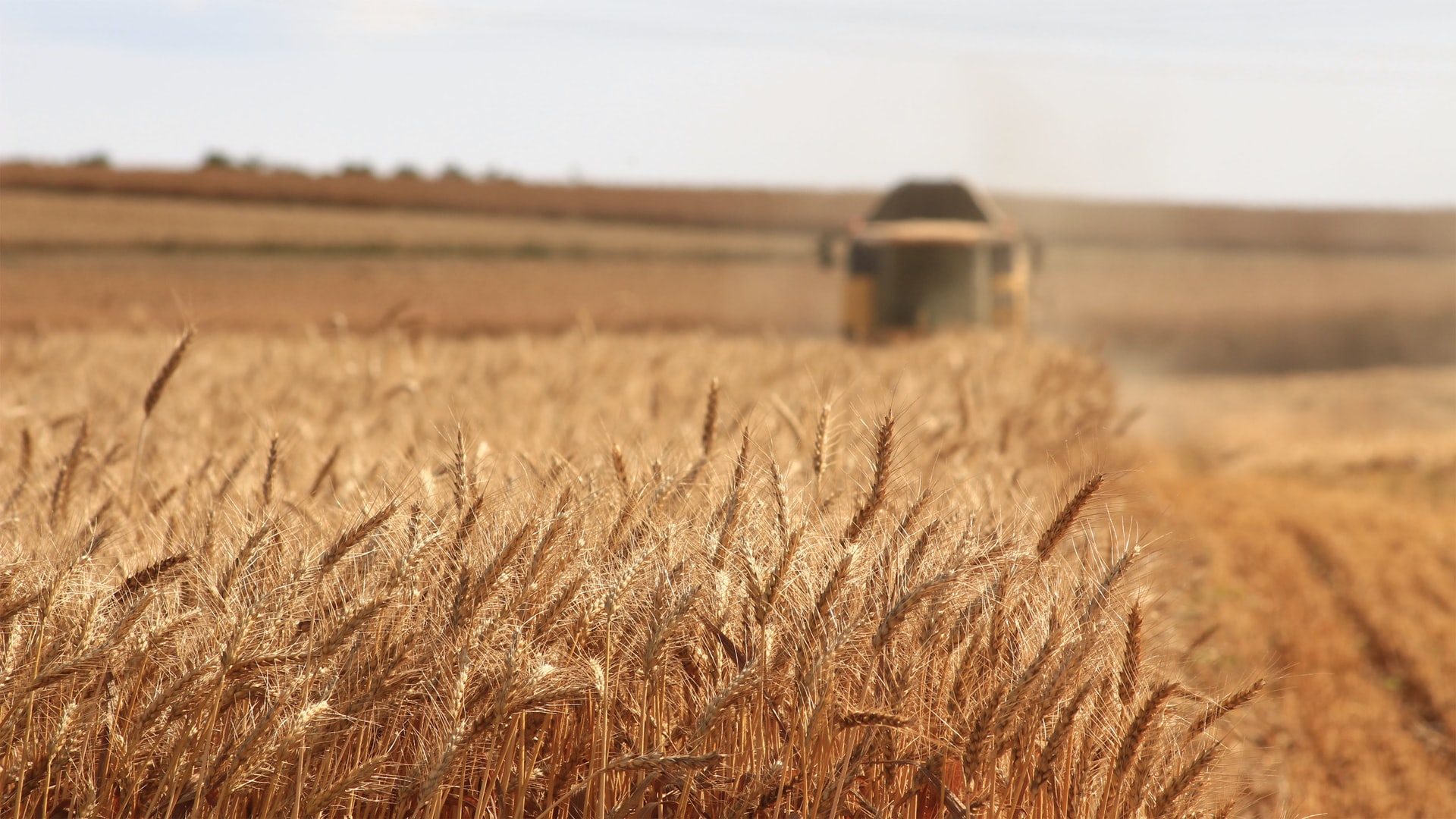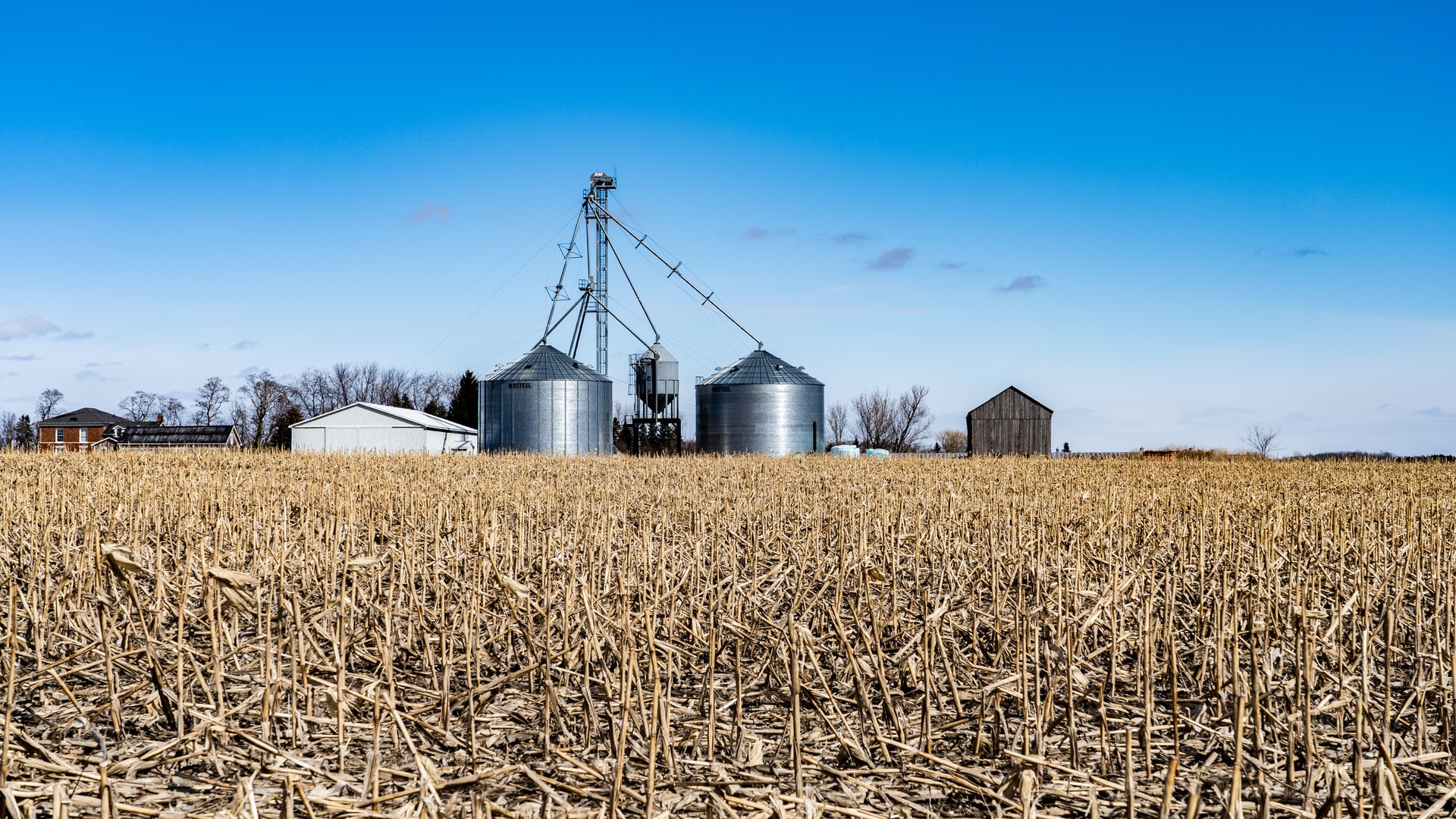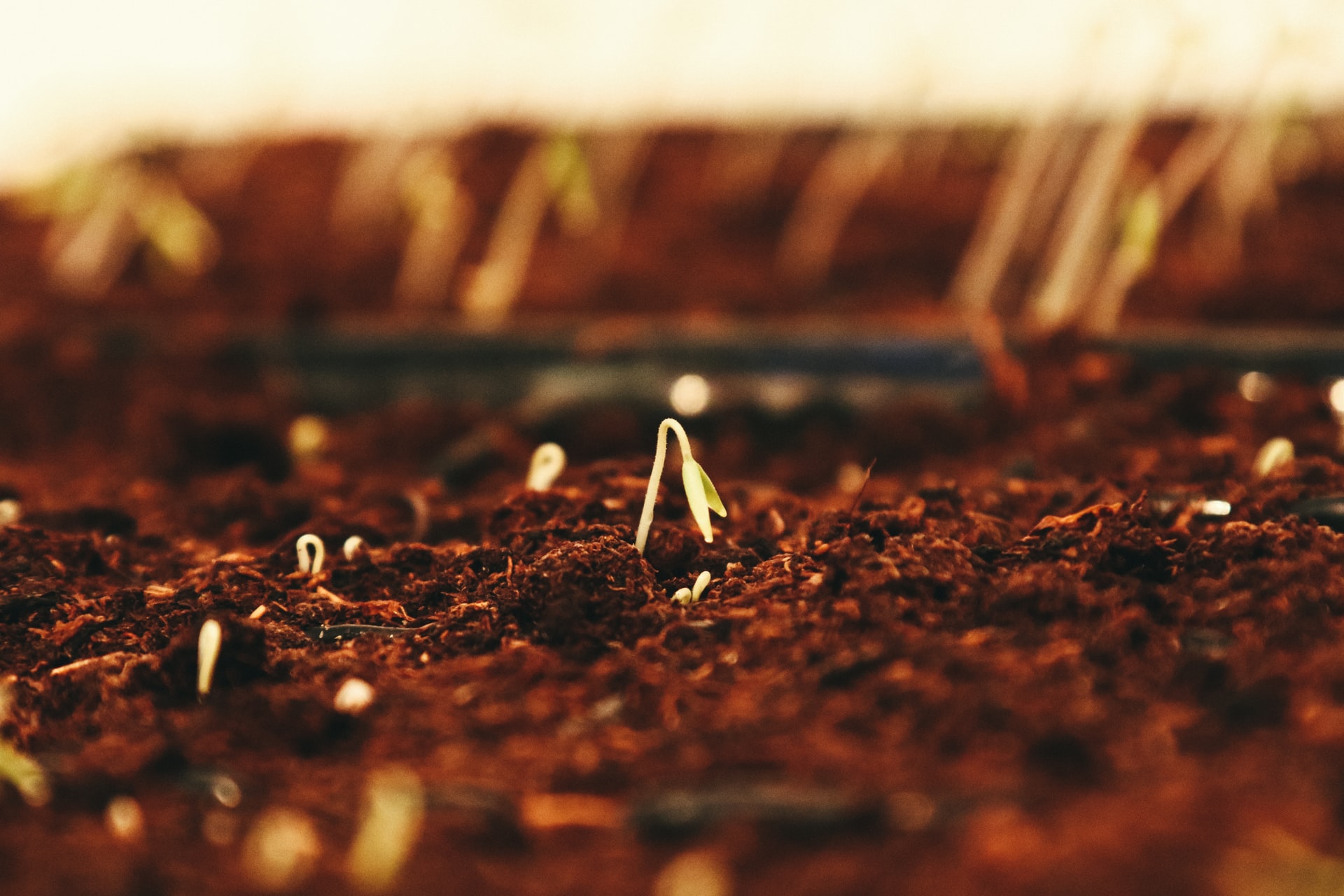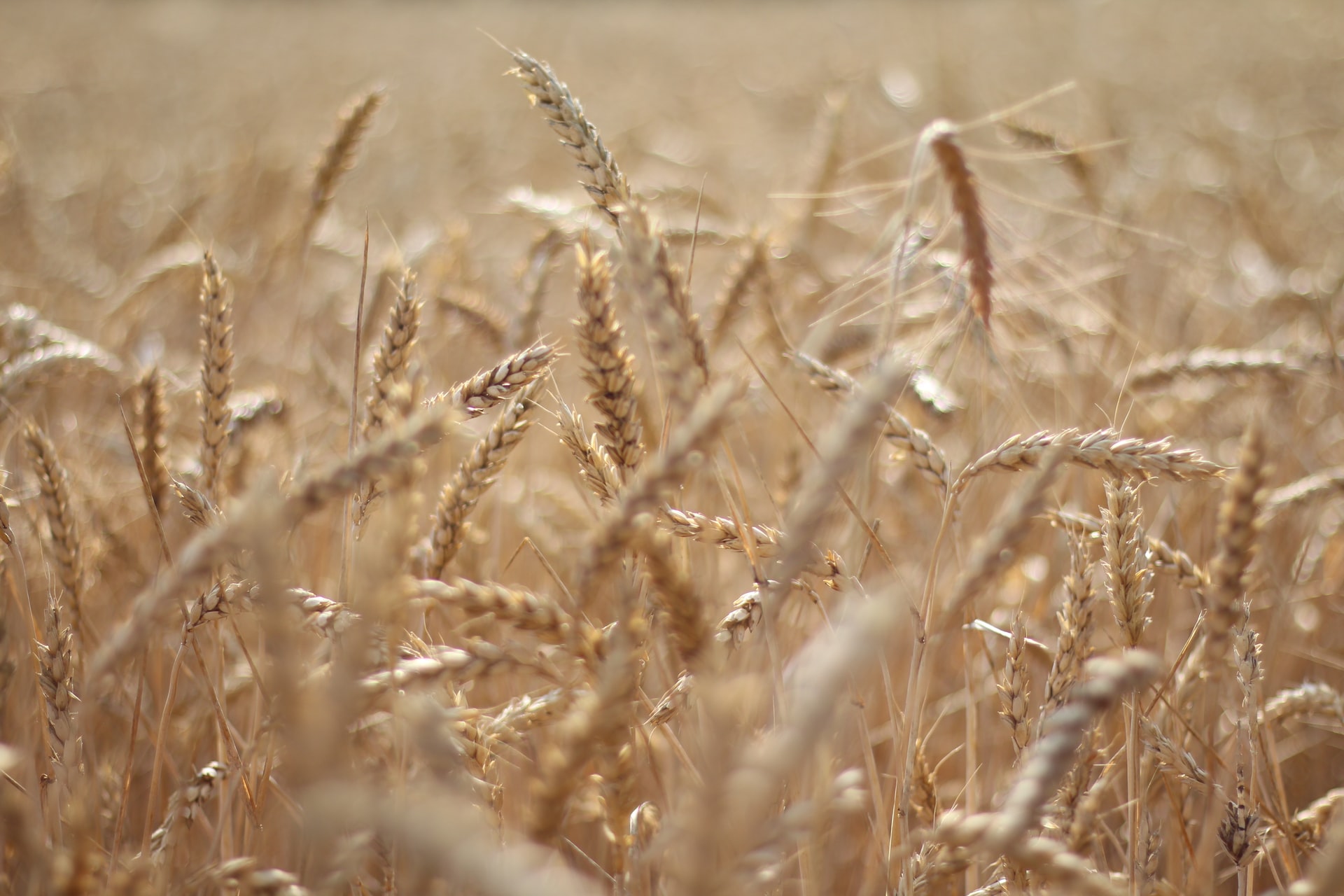Where is this grain market heading?
By Nicholas Robertson
24th August, 2022
In the last three months across Australia, cash values for grains and oilseeds have seen way more red trading days than green. With Spring only a week away, grower selling remains relatively sluggish compared with previous years. And perhaps rightly so, as there is plenty of time until harvest, and we still have many frosty, rainy, or hot weather days to get through. With the shift in sentiment for grain and oilseeds markets feeling like it might be here for some time growers may have to consider adjusting their price targets going forward.
As we finish winter, growers are wrapping up urea programs and moving onto fungicide sprays through spring. This year’s crop will likely be one of the most expensive grown due to the increase in costs for urea, chemicals, labor and diesel. For the first three quarters of 2022, this was offset by high decile grain and oilseed pricing however come harvest and the major selling time, this may not be the case. The question that everyone will be trying to answer is after two decent years, is there value in holding grain past harvest.
In the past growers have traditionally sold a large portion of their production at harvest to alleviate overdrafts limits and debt levels. With the idea that bank balances should be in better health coming into November and December this year, is it likely we see the same level of engagement from the grower? As has been well discussed, the cost of this year’s crop has significantly increased however the east coast is looking at another above average production for all commodities. With growers having seen very good prices earlier in the year due to export bans and the conflict between Ukraine and Russia, it is conceivable that growers may wait till the premiums are returned.
Today we are still looking at potentially a record canola crop, and a wheat crop over 30 million tonnes, albeit depending on spring rainfall and temperatures. With the export supply chain already at maximum capacity someone will have to carry excess grain into the latter half of next year. If the grower is happy to carry the grains and oilseeds, then potentially basis in Australia could strengthen, but on the flipside if growers are happy to unload these excellent yields and take what’s on offer at harvest then there may be limited liquidity available to soak up the selling pressure. Canola is historically a big harvest cash crop and usually the first sold but with prices falling over $300 a tonne in the last few months, we may see this change. Wheat comparatively has fallen $100/t at the same time so may be the better sell if this remains.
There is plenty of time to play out until harvest, however as we get closer it does feel that any spike in pricing will see an uptick in selling activity for growers looking to hedge some their input costs. How active growers are during this time may give the market an indication as to what is to come in the busy time.
Harvest plans critical for another big crop

With spring now only two weeks around the corner and the growing season well underway, crop forecasters are beginning to make their rounds in what is set up to be one of the most challenging crops to pick of recent times.
Read MoreCash market slips and grain growers pull back from selling

The BOM recently released its three month outlook for August to October and the current weather patterns look set to continue...
Read MoreSowing success a mixed bad across eastern states

As we speed along into August, the New South Wales crop continues to emerge and progress in a very mixed fashion...
Read MoreToo many lions, not enough shares

While the humanitarian aspect of the Eastern European situation remains terrible, it has undoubtedly provided very favourable market conditions for us here in Australia to participate in...
Read MoreSeason bodes well for most grain growers

As we approach the mid-point of the winter months, the Australian crop conditions are for the most part, well setup right across the country.
Read MoreGrain prices go for elevator ride

The saying goes that markets take the stairs up and the elevator down, which suggests that markets tend to fall faster than they rise.
Read More